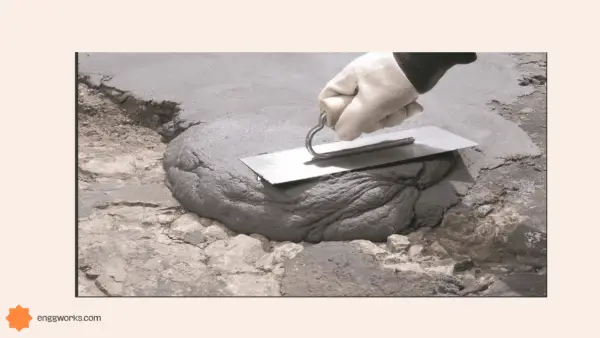Jet grouting is a ground improvement technique that involves eroding the soil with a high-velocity fluid jet and mixing it with a grout slurry to form columns or panels of soilcrete (soil-cement).
The jet grouting process strengthens and waterproofs the soil, enabling construction on weak or unstable ground.
There are several advantages to using jet grouting:
- It can be used to treat soils to substantial depths below the ground surface (over 100 ft or 30 m)
- The columns have high strength and low permeability
- Minimal noise, vibration, and spoil are produced
- Access requirements are small compared to other techniques

jet grouting systems
jet grouting system are categorized in to three types based on the number of fluids injected.
The single fluid system utilizes jets of just the grout slurry to treat the soil.
The double fluid system adds compressed air to better break up dense soils.
Finally, the triple fluid system separately injects air and grout to maximize soil erosion and expansion for creating larger soilcrete elements.
The choice of which jet grouting technique to use depends on site conditions and design requirements.
Types of Jet Grouting systems
There are three main types or methods of jet grouting system depending on the number of fluids (grout slurries or air) injected:

Single Fluid Jet Grouting system
This simplest method involves just a single fluid – the grout slurry.
High-velocity jets of the cement grout erode the soil and mix with it to form columns.
The diameter of single fluid jet grouted columns is typically 2 to 4 feet.
Double Fluid Jet Grouting system
Double fluid jet grouting system adds compressed air to the high-velocity grout jets.
The air breaks up and expands the soil to allow better penetration of the grout.
This method can loosen very dense or cemented soils. It produces larger diameter columns of up to 6 feet.
Triple Fluid Jet Grouting system
In the triple fluid system, air and grout are injected simultaneously through separate ports in special monitors.
The high-velocity air jets erode and expand the soil, while the grout jets mix with the loosened soil.
This maximizes soil breakup and produces the largest columns up to 10 feet in diameter.
Conclusion
Jet grouting is an extremely versatile and effective ground improvement technique.
It can treat a wide range of soil types to create columns or panels of soil Crete with desired properties like high strength and low permeability.
Key advantages are minimal noise/vibration, ability to reach great depths, and treatment directly beneath existing structures.
The three main jet grouting methods differ in the number of fluids injected to optimize soil breakup and mixing.






